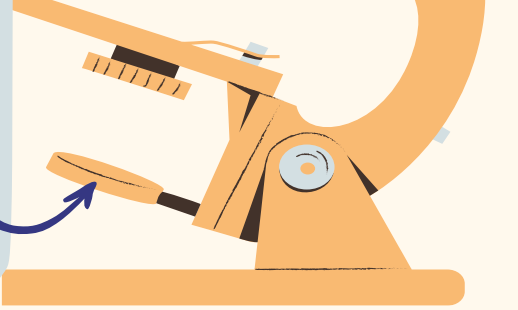GENBIO 1ST MOVING EXAM REVIEWER
1/48
There's no tags or description
Looks like no tags are added yet.
Name | Mastery | Learn | Test | Matching | Spaced |
|---|
No study sessions yet.
49 Terms
All organisms are composed of one or more cells.
Cell Theory Postulate 1
The cell is the basic unit of structure and organization in an organism.
Cell Theory Postulate 2
All cells came from pre-existing cells through cell division.
Cell Theory Postulate 3
Zacharias Janssen
Came up with the first compound microscope
Anton Van Leeuwenhoek
Father of Microbiology
Discovered animalcules or what we called as “bacteria” in the gunk of the teeth.
Robert Hooke
Coined the term “cell” as he was reminded of the room “cell” while looking at a piece of cork under microscope.
Matthias Schleiden
Conclude that every single plant he looked at were all made of cells.
Was Co-credited for 2 of the Cell Theory Postulates
Theodor Schwann
Study the slides of the animal cell
Got a special nerve cell named after him
Free-Cell Formation
Spontaneous crystallization of cells
Rudolf Virchow
Popularized/plagiarized the notion that “all cells come from preexisting cells”.
Robert Remak
Owner of the research “cells came from pre-existing cells through cell division”
Cell
The basic unit of life
Multi-Cellular
2 or more cells
Unicellular
Single cell
Light Microscope
It provides a magnified image of small structures and samples.
Eyepiece
Rotating Nose
Coarse Adjustment Wheel
Fine Adjustment Wheel

Stage
Light Source

True
TRUE OR FALSE
The light has to pass through the aperture-specimen-objective lens-eyepiece-eye
Kirschner and Meester (1988)
Who created the Student-Centered Objectives
To Formulate a hypothesis, solve a problem, and use knowledge and skills on unusual situations
What are the Student-Centered Objectives
Test Tubes
Used to store, mix, and observe small amount of samples
Pipette Tube
Allows the collection and transfer of liquid samples
Gas Bottle
Collects gas
Pinch Clamp
Used to stop the flow of liquid in a rubber or plastic tubing
Crucible Tong
Allows you to hold hot vessels
Test Tube Holder
Used to directly hold test tubes during heating process
Florence Flask
Used in observing chemical and heating solutions
Retort Flask
Used for distillation
Erlenmeyer Flask
Commonly used in titration processes and mixing because of little to no chance of spill
Bunsen Burner
Produces open flamce used for heating and sterilization
Alcohol Burner
An alternative when there is natural gas in the laboratory
Laboratory Gown
Provide protection of the skin and clothing
Plasma Membrane
Provides a barrier separating the inner components of the cell and the outside environment
Cell Wall
Rigid outermost layer of plant cells
Nucleus
The control center of the cell that contains genetic material (DNA)
Cytoplasm
A gel-like substance that contains several organelles
Endoplasmic Reticulum
Network of membranes, synthesis, transport, interconnected tubules.
Rough ER
Contains ribosomes and is responsible for handling proteins and transport vesicles
Smooth ER
No ribosomes and is responsible for calcium storage
Golgi Apparatus
Modifies, sorts, packs, and delivers materials synthesized in the cell
Lysosomes
Digestive enzymes that break down and recycle cellular waste
Vacuoles
The storage sac of the cells
Mitochondria
The powerhouse of the cell
Biconcave
Red Blood Cells Shape
Eukaryotic
Can be unicellular or multicellular
Prokaryotic
Unicellular oranisms
Chloroplasts
Responsible for photosynthesis
Vesicles
Transports specific materials to different destinations
Endosomes
Captures and distribute materials from ER and Golgi for degradation, recycling, or incorporation for metabolic pathways